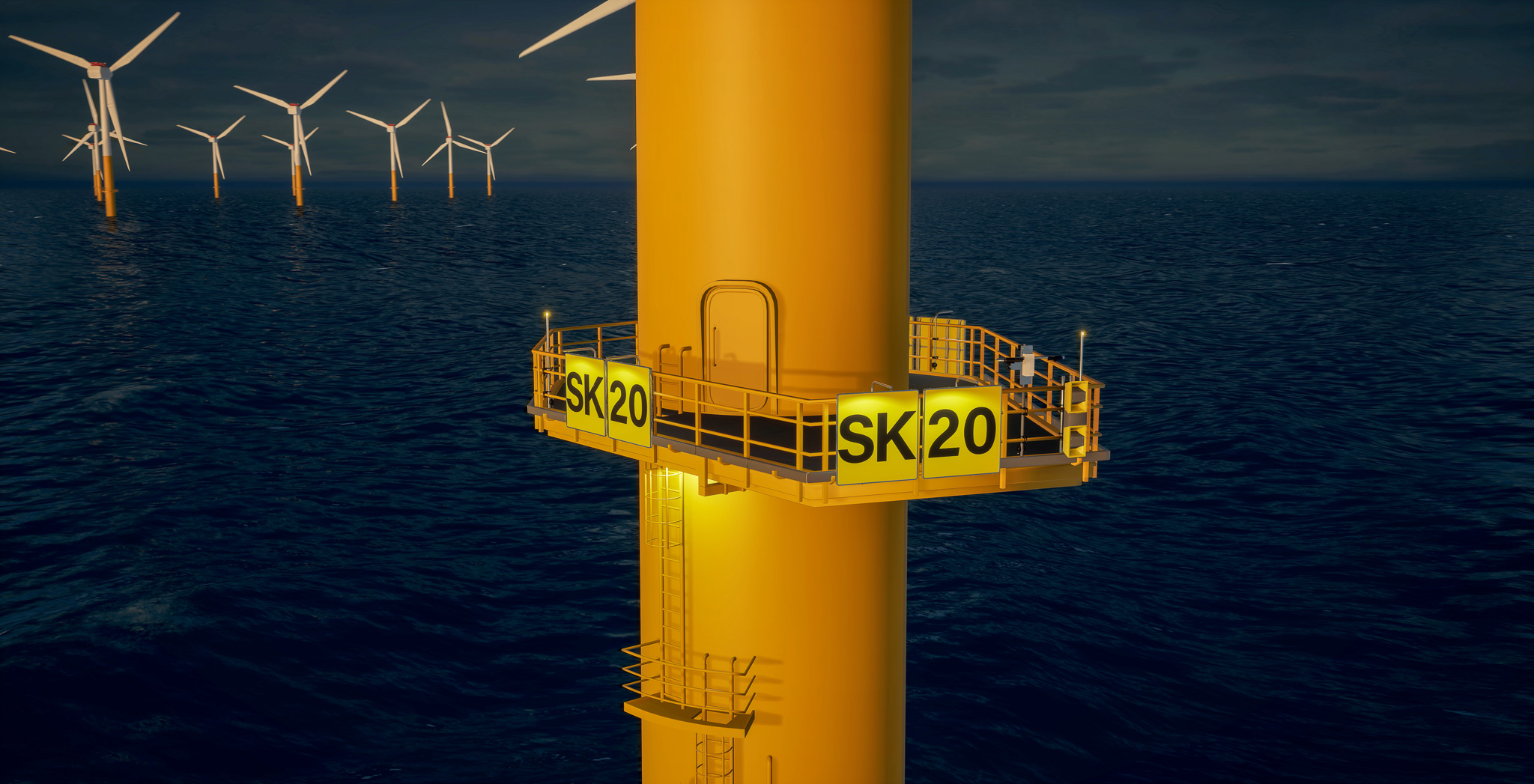Offshore wind farms are getting bigger
When offshore wind farms first started being built, they were fairly small. The world’s first offshore wind farm, Vindeby Offshore Wind Farm, located off the coast of Denmark, was comprised of just 11 wind turbines, each one only 54m tall – that’s about half the length of a soccer field. Currently, the largest wind turbine in the world is GE’s Haliade-X, which will be installed in the USA’s first commercial wind farm: Vineyard Wind. The Haliade-X is 260m tall – that’s almost TWO soccer fields!
The number of turbines has also seen a dramatic increase. Nowadays, a typical offshore wind farm can be larger than some of the largest metropolitan cities, and some comprise of well over 100 turbines. Dogger Bank, currently under construction in the North Sea, will be the world’s largest wind farm, with almost 600 turbines powering 6 million UK homes and covering an expanse of 17,600 km (squared) – that’s larger than the state of Connecticut or almost the size of the country of Wales!

A network of offshore wind farms
Since those early days of Vindeby, northern Europe has installed a large number of offshore wind farms. Our seas, which once seemed like an endless vastness, are now feeling crowded as a result of the growing infrastructure and traffic. And other regions, like the Mediterranean, Asia and the Americas, are looking to expand their offshore wind capacity as part of the green energy transition. These areas will also need to consider the impact of crowding as they develop.
As more wind farms are installed, navigational risk is intensified. Vessels are concentrated in congested traffic lanes. Commercial, military and private vessels, as well as commercial and service aircraft, need to move in and around these sites. It is important to maintain the safety of the crews navigating our waters – as well as any service personnel on the wind farm – and avoid the environmental and economic impact of collision.
Marking offshore wind farms
Many need to use the space in and around offshore wind farms. With such large obstacles in the water, it is important to protect the safety of the people moving about a wind farm as well as the assets themselves. The marking of an offshore wind farm is crucial during poor weather and night-time conditions, when visibility can be limited. Marking the boundaries of an offshore wind farm communicates to mariners and pilots that there is something in their way.
Additionally, other AtoNs (Aids to Navigation) provide illumination and guidance to service crews or Search and Rescue teams, to allow them to safely navigate within a wind farm.
IALA and ICAO publish recommendations for the marine and aviation sectors respectively, and each country then interprets these directives into their own legislation and guidelines. We work hard to ensure that our lighting and marking systems comply with the requirements in every country where we supply our products for offshore wind farms.
You are currently viewing a placeholder content from Default. To access the actual content, click the button below. Please note that doing so will share data with third-party providers.
More InformationSabik Offshore has 20 years of experience in this field. Currently more than 4000 turbines in over 80 projects worldwide are protected with our equipment.
We are your experts in marking and lighting offshore wind farms.
